
Chinese workers celebrate completion of the first tunnel, one of nine on the Moscow Metro's third transfer line, in April 2019. (REN QI/CHINA DAILY)
Standards differ
Chen Zhuang, a manager at CRCC Rus, took part in the design process as well as communicating with the project owner and the authorities about plans.
He said design and aesthetic standards in China and Russia differ greatly, as Russia has largely inherited those of the former Soviet Union, but China's design philosophy is based more on traditional elements.
"Russia, mainly using standards from the Soviet era, gives more consideration to practicality and protection in its underground design work, and uses a sharper line of design. China, on the other hand, insists that the design is practical, economic, attractive and adopts a green philosophy," Chen said.
Combining the different standards of the two countries was one of the toughest tasks for designers each day, Chen added.
For example, he cited the plan for Aminevskaya station. Chinese designers initially recommended that it feature a glass ceiling, enabling passengers to see the sky from the platform. This proposal was agreed by the Moscow government, but had to be abandoned, as it failed to meet anti-terrorism and air defense security requirements.
Chen said reaching a decision on the final design for Michurinsky Prospekt station was a long process involving close coordination among various professions.
"The Chinese-style platform is just a small part of the design, and we had to do more work and communicate further on the subway structure, utilities, metro systems, and other functions in underground construction," he said.
The plan was finally settled after 19 months, and most of the experts involved expect the long-term positive impact of the design to benefit Sino-Russian relations and friendship.












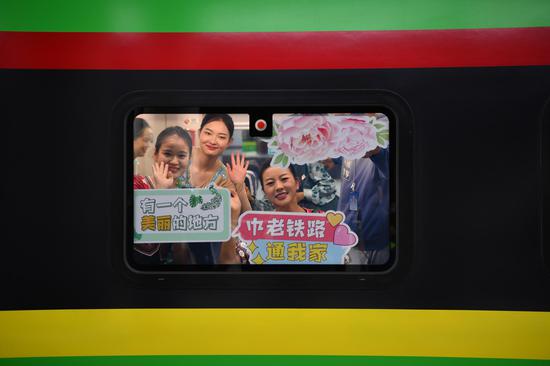






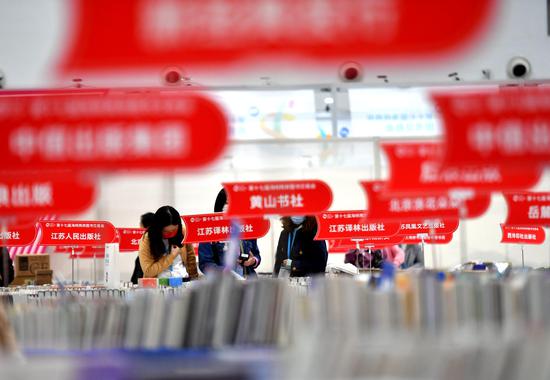

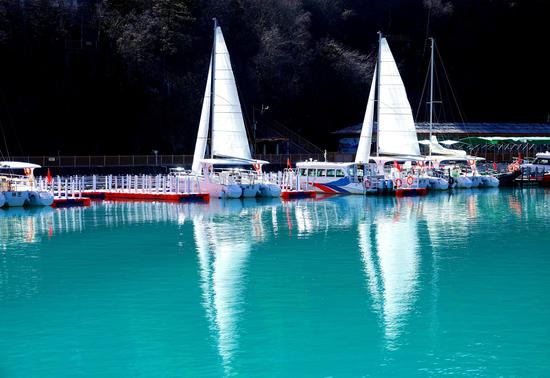


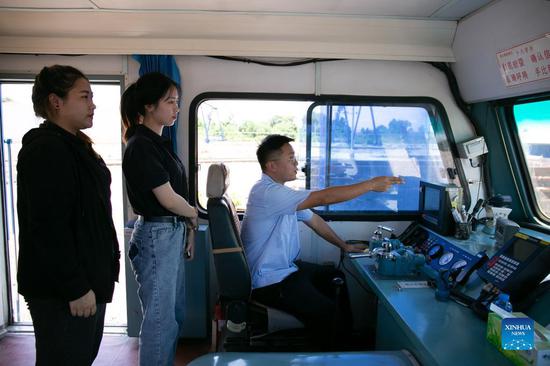

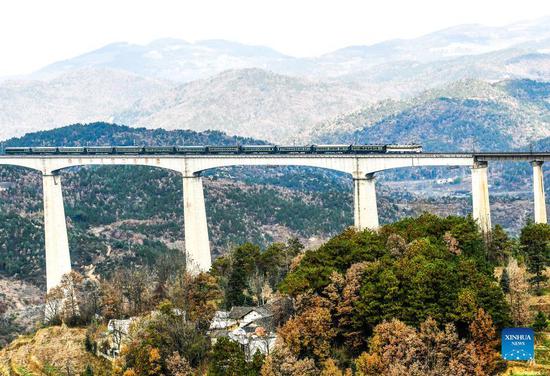



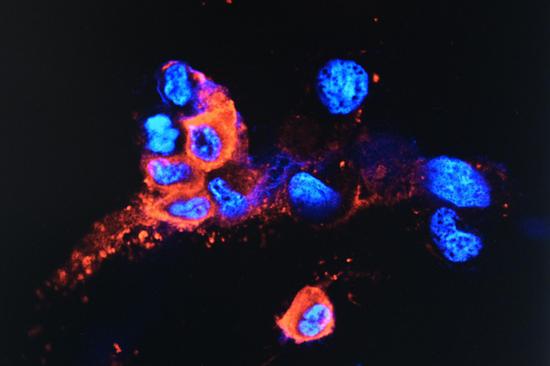
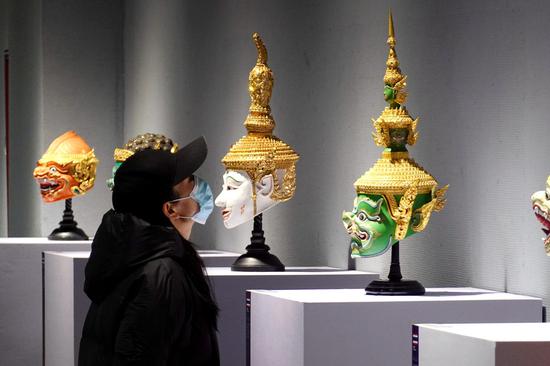
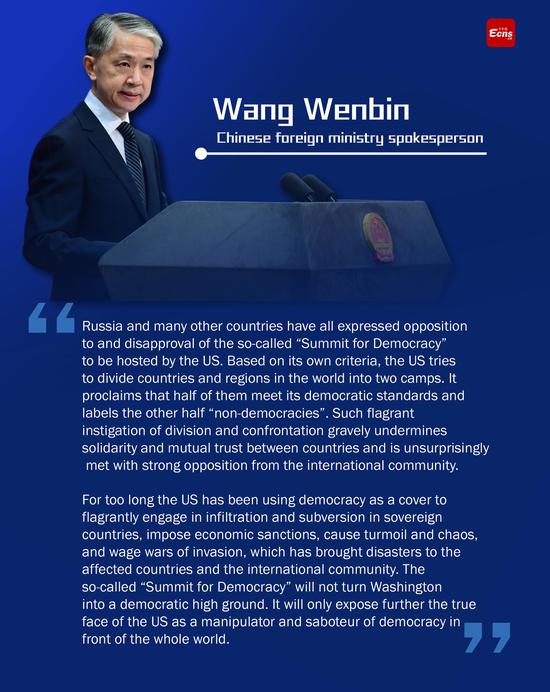
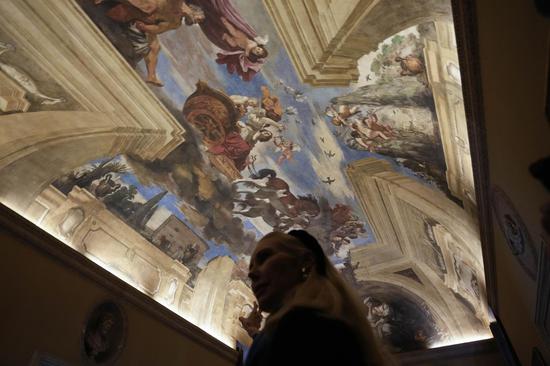
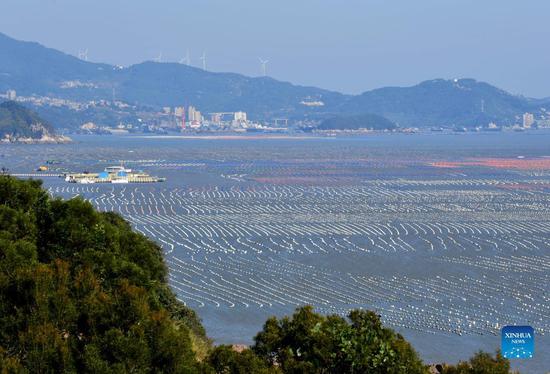
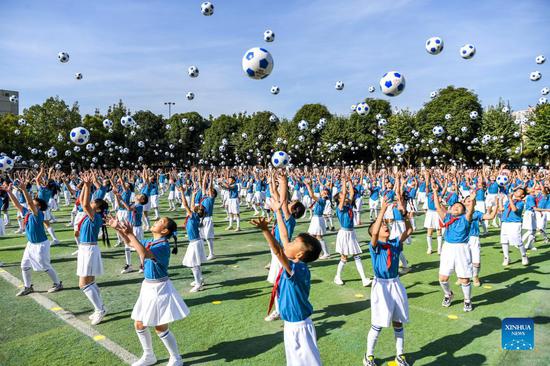
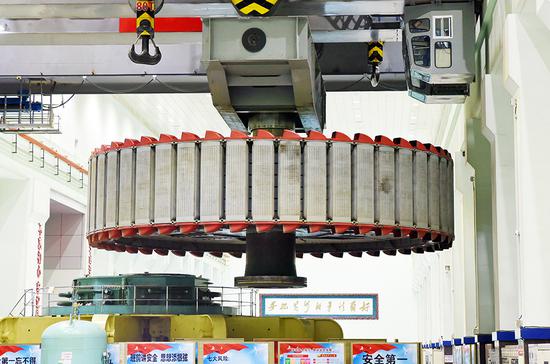
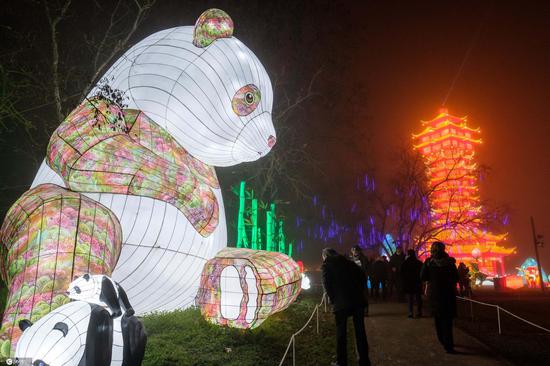
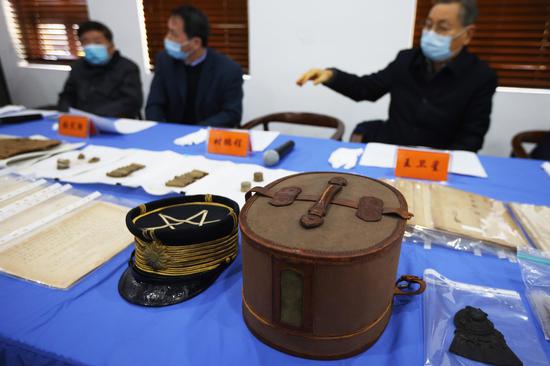
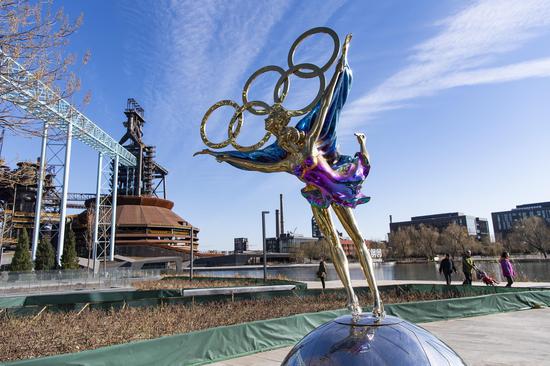


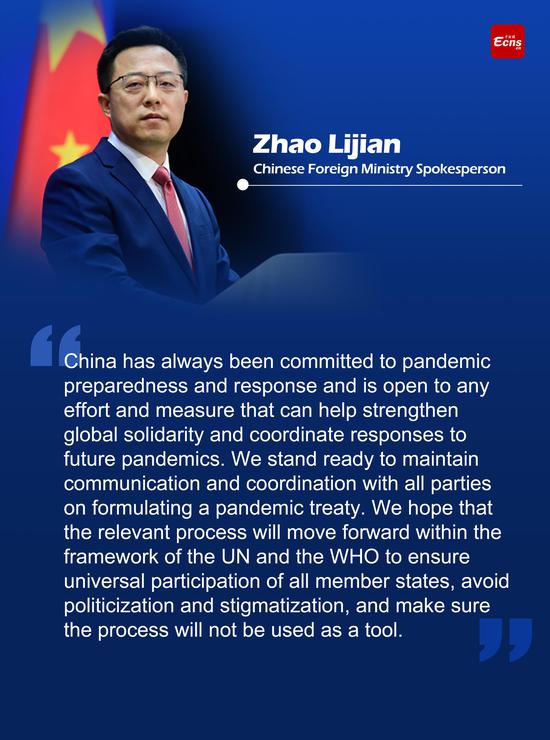
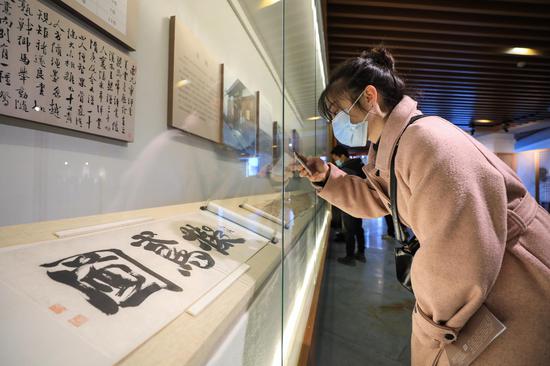
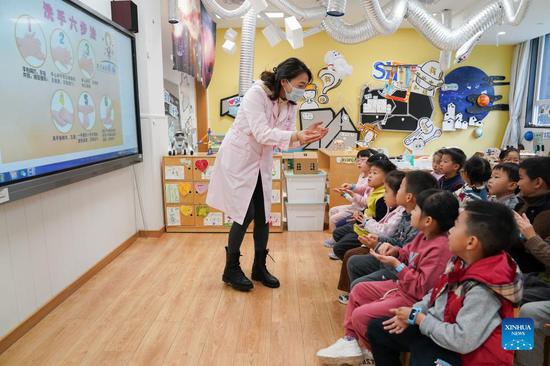





 京公网安备 11010202009201号
京公网安备 11010202009201号